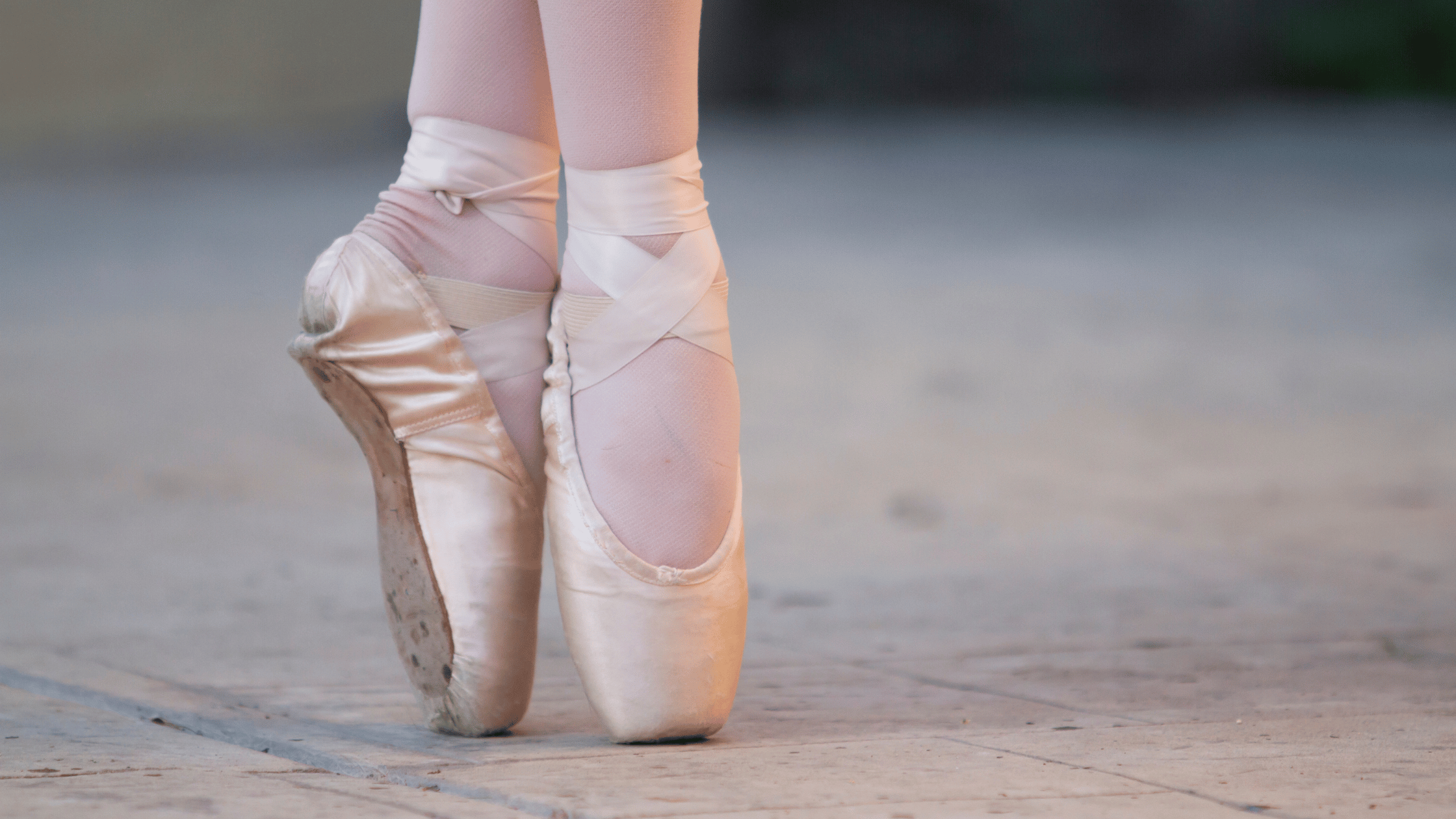Caring for Your Feet: Essential Tips for Pointe Dancers and the Role of Physical Therapy

Licensed Physical Therapist, PT, DPT // EW Motion Therapy Trussville
Pointe dancing, a pinnacle of ballet technique, embodies grace and beauty. However, it demands immense strength, flexibility, and endurance, particularly from your feet. As a pointe dancer, understanding the importance of foot care is pivotal for your performance and long-term health. Neglecting this can lead to a myriad of foot problems, affecting not only your dance career but your overall well-being. At EW Motion Therapy, we understand how vital foot care is for all our dancers, especially our pointe ballet dancers. You may decide that our physical therapy doesn’t fit your needs. Still, in this comprehensive guide, we'll explore practical tips for foot care, the consequences of neglect, and how physical therapy can be a game-changer in managing and preventing foot-related issues.
Understanding the impact of pointe dancing on feet
Pointe dancing places significant stress on the feet. The entire body's weight is balanced on the tips of the toes, demanding extraordinary strength and control. This unique aspect of ballet can lead to various foot issues without proper care.
Frequent issues can include blisters, bunions, calluses, and toenail injuries. Over time, more severe problems can develop, such as stress fractures, tendonitis, and chronic joint pain. These issues can be exacerbated by improper footwear, inadequate technique, and insufficient rest.
Preparing for pointe: tips for aspiring dancers
Assessing readiness
Before beginning pointe work, having a solid ballet foundation is essential. Most dancers start pointe training after several years of regular ballet practice, typically around the age of 11-12 when the bones in the feet have matured sufficiently.
Building foot and ankle strength
Strong feet and ankles are crucial for pointe work. Engage in exercises that enhance foot strength, like flexing and pointing with resistance bands, toe curls, and relevés, and integrate them into your regular ballet routine.
Seeking professional guidance
Consult with your ballet teacher and a physical therapist specializing in dance. They can assess your readiness for pointe work and recommend specific exercises to prepare your feet and body for the demands of pointe dancing.
Choosing the best pointe shoes
Getting fitted for the right pointe shoes is critical. Visit a specialized dance store where experienced fitters can help you find shoes that support your foot type. Remember, the right shoe can significantly affect your comfort and performance.
Essential foot care tips for pointe dancers
Selecting the correct pointe shoes is crucial. Shoes that fit poorly can cause blisters and corns and exacerbate foot deformities. Consult with a knowledgeable fitter who understands your foot shape and dancing style. Additionally, you should implement a daily foot care routine that should include cleaning, moisturizing, and checking for any signs of injury or strain on your feet, especially your nails, since they can bleed or break and fall off. Regular pedicures, not just cosmetic but functional, can prevent nail problems, but many ballerinas decide to keep their calluses intact to prevent further wear and injury.
Adverse effects of neglecting foot care
Ignoring minor foot issues can quickly become painful conditions that disrupt your training and performance schedule. Chronic neglect can lead to irreversible damage, like joint deformities and chronic pain. These conditions might not only end a dance career prematurely but also affect daily activities and overall quality of life.
How physical therapy can help pointe dancers
Preventing injuries
Physical therapists can work with dancers to strengthen the muscles in the feet and ankles, improving stability and reducing the risk of injury. They can also advise on proper techniques and body mechanics specific to pointe work.
Rehabilitating foot injuries
In the case of an injury, physical therapy is vital for a safe and effective recovery. Therapists can design a tailored rehabilitation program that addresses the specific needs of a pointe dancer, ensuring a return to dance in optimal condition.
Regular check-ups
Regular sessions with a physical therapist, even when not injured, can be beneficial. They can help monitor the health of your feet, suggest exercises to improve strength and flexibility, and guide injury prevention.
Customized exercise programs
Physical therapists can develop personalized exercise programs targeting the unique demands of a dancer’s feet. These programs often include strength, flexibility, and proprioception exercises, which are crucial for pointe work.
Foot care should be a paramount concern for pointe dancers. Ignoring the health of your feet can lead to both immediate and long-lasting adverse effects. Incorporating a routine of proper foot care, choosing the right footwear, and engaging in regular physical therapy can significantly improve your performance and overall foot health. Remember, your feet are an essential instrument for your sport; if you treat them with the care and respect they deserve, you can continue to dance beautifully and pain-free for years to come. This is our ultimate goal for all our dancers at EW Motion Therapy, and if you’d like to learn more about how physical therapy can help your dance career, click the button below to download our answers to 20 frequently asked questions.


